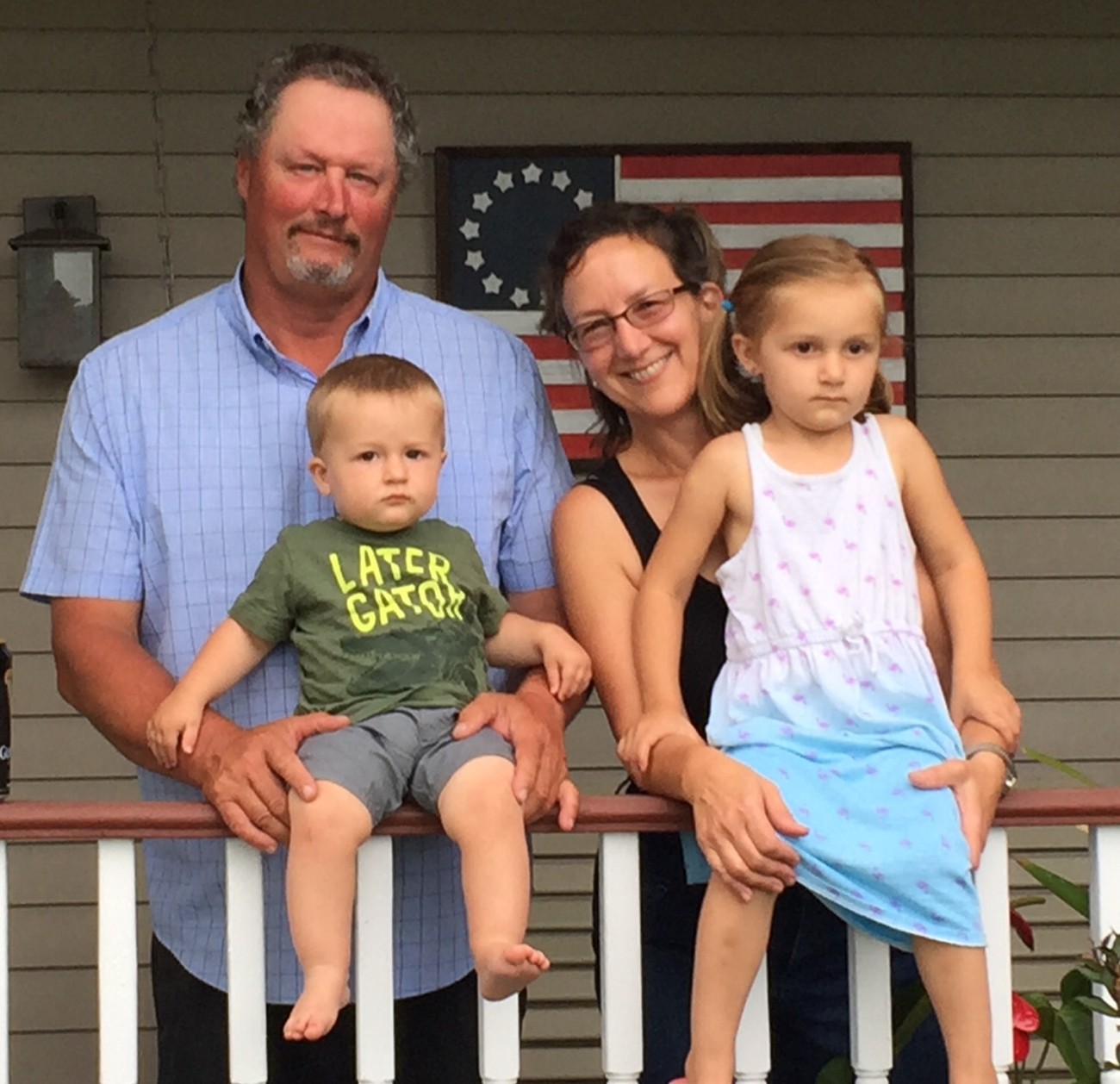Rick Minkus has a passion for farming that stemmed from a young age. It started when he raised 10 acres of onions in high school.
After High School he took a job at a local farm co-op (Agway) spraying and fertilizing for farmers throughout the Orange County region, all the while continuing to grow his own crops. For a few years Rick decided to try his hand at Dairy farming, but soon realized his passion for farming leaned more towards growing produce.
In 1993, Rick was given the opportunity to buy a 50 percent share of a 60 acre onion farm. The years following, he grew the farm to 120 acres, eventually expanding operations into a new facility to accommodate the larger operation.
Then in 2002, Rick’s partner decided to retire and he had the opportunity to take sole ownership of the business. With this expansion Rick’s two sons, Joe his oldest and Tom his youngest joined the family farm. Their fabrication and heavy equipment skills are essential to the daily operations of the farm, and they helped grow the business to what it is today. Today, the family farm operations now exceeds 1500 acres of owned and leased land.
Rick’s wife Geri, a CPA, left her accounting firm in 2009 to oversee the family business full-time.
Recently in 2014 Rick’s son-in-law, Dylan, left his career in finance to join the family business. Dylan and his wife Kim, Rick’s only daughter, have three young children.



Our People
Rick Minkus
Owner
Geri Minkus
CFO
Dylan Dembeck
Director of Operations
Rod Runnalls
General Manager
Melinda Michaels
Office Manager
Dave Olejniczak
Production Manager
Cindy Prol
Administrative Assistant
Wendy Massa
Administrative Assistant
Miriam MarcoVecchio
Administrative Assistant




Black Dirt Region
Our area, located in southern Orange County, New York, is know as the Black Dirt Region. It takes its name from the dark, extremely fertile soil left over from an ancient glacial lake bottom augmented by decades of past flooding of the Wallkill River. The 26,000 acres of dirt left over is the largest concentration of such soil in the United States outside the Florida Everglades. The area mostly consists of flat flood plain. The few areas that rise above the valley floor are known as “islands”, since they often were in times of heavy flooding. The area is noticeable on satellite imagery by the color differential from its surroundings.
Farmers generally avoided the area in the early years of settlement, because the soil, although rich, was frequently flooded and poorly drained. Instead, the land was used for pasturage, though sudden storms would often drown the stock. Starting in 1804, talks began about the best way to drain the swampland. First, an attempt was made to clear the natural obstacles, but that proved too expensive. Instead, a drainage canal was constructed by General George D. Wickham through his property in 1835. Immigrants from Eastern Europe, particularly Poles and Germans, had worked similar soils, known as “chernozem”, in their native countries and began farming the former swamplands.
They eventually began growing the pungent, highly-prized black-dirt onion on the land, taking advantage of the relative proximity of New York City as a market. By the late 20th century the region was producing an average of 30,000 pounds of onion per acre. Today many area farmers also grow lettuce, radish, potatoes, tomatoes, carrots, and sod.

